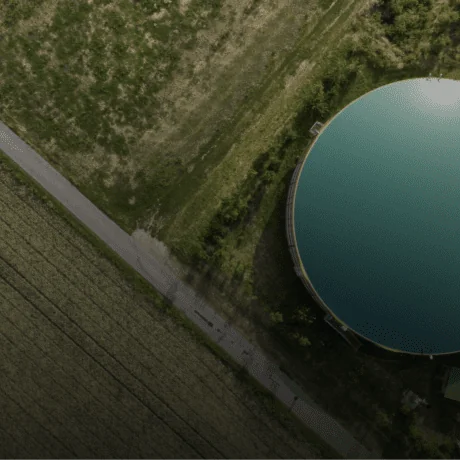CAREFUL PLANNING IS REQUIRED FOR SFI AGREEMENTS
Chloe Timberlake
Jan, 17 2024As has become customary, the Oxford Farming Conference provided a platform once more for announcements by Defra. Steve Barclay, the relatively new in-post Secretary of State for Environment, Food and Rural Affairs revealed changes to the Agricultural Transition Plan. He also detailed important updates to Environmental Land Management schemes, which will provide support for both farmers and food producers and deliver valuable environmental benefits.
Defra has stated a desire to have 65-80% of landowners and farmers adopting nature friendly farming on at least 10-15% of their land by 2030, and with yesterday’s announcements, this does not appear to be overly ambitious.
Also promising, is Defra’s recognition that food production should not be compromised. Within their updated Agricultural Transition document, Defra states that it is committed to ‘maintaining food production at least at current levels (60%)’ and they recognise that ‘improving productivity on some areas of a farm unlocks the potential to take other (usually less productive) land out of production to support environment or climate objectives’.
A suite of 50 new actions, and updates to previous familiar actions, mean that there is a wide variety of ‘pick and mix’ from one merged scheme with a rolling application window. This will include 21 higher paying ‘premium’ actions delivering the most environmental benefits, for example the new ‘connect river and floodplain habitats’ will be available as a 10-year action, paying £1,242 per ha. Some of the higher paying premium actions could represent lower-risk suitable alternatives to some Biodiversity Net Gain schemes, although Defra has commented it is encouraging the Sustainable Farming Incentive and private finance to be combined. Further detail on this aspect is needed.
Other popular previously exclusively higher-tier only options will be upgraded and made available as standalone actions, enticing for those who do not wish to commit to a complete bespoke higher-tier scheme. The extent and involvement of Natural England with regards to approval of these actions is as yet unknown.
Making new or upgraded actions available as a 3-year rather than 5-year action will also improve eligibility of tenant farmers, which is most welcome and shows that Defra has taken on board feedback.
Defra has also equalised payments for managing habitats for wildlife, rather than just creating them, taking away the unfair penalty on those already practicing nature-friendly farming. For example, the new payment rate for species-rich grassland will be £646 per ha, compared to the previously inadequate payment rate of £182 per ha. This will incentivise farmers and landowners to maintain valuable and irreplaceable habitats.
For arable farmers, the new increased value of winter bird food on arable land (£853/ha up from £732/ha) could be attractive at scale, especially when combined with the new supplementary bird feeding action at £732 per tonne for every 2ha.
Thursday’s announcements are welcome although there is a lack of detail in how the actions will be met and who will be eligible. There are concerns that both existing Countryside Stewardship or Sustainable Farming Incentive agreement holders and the environment may be disadvantaged if they are only able to add actions to their agreement, rather than upgrade options they have already committed to.
Decisions will need to be made as to whether to apply for a new Sustainable Farming Incentive scheme now or to wait until a bigger, more ambitious scheme could be applied for in the summer once a new suite of actions are available. This decision will need to be undertaken on a case-by-case basis, with factors such as cash flow and the environmental aspirations for the farm to be taken into account. Commencing a more basic scheme now would mean that newer actions could not be added until the first anniversary. The alternative is to start another scheme in the summer once the new actions are available – accepting the risk of additional paperwork. The varying length of the actions will add complexity.
The increased breadth of actions available and the varying length of their term means that careful thought will need to be given to planning a scheme before application. A plan for the next three harvests should be considered, to ensure the farm’s future aspirations are not compromised by the scheme and that it will remain effective for its duration.
—
In case you missed it, we have produced a summary of the new rates and the main changes which you can view and download here.
If you would like some independent advice regarding any of the topics discussed above, please do not hesitate to get in touch with one of the team. Perhaps you are yet to benefit from the free business advice we are offering thanks to the Defra Future Farming Resilience Fund. If this is the case, please click here to register your interest.






